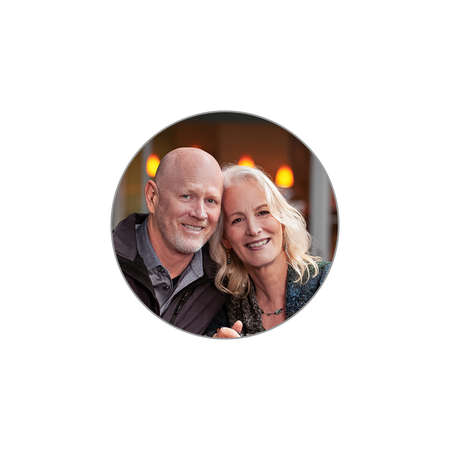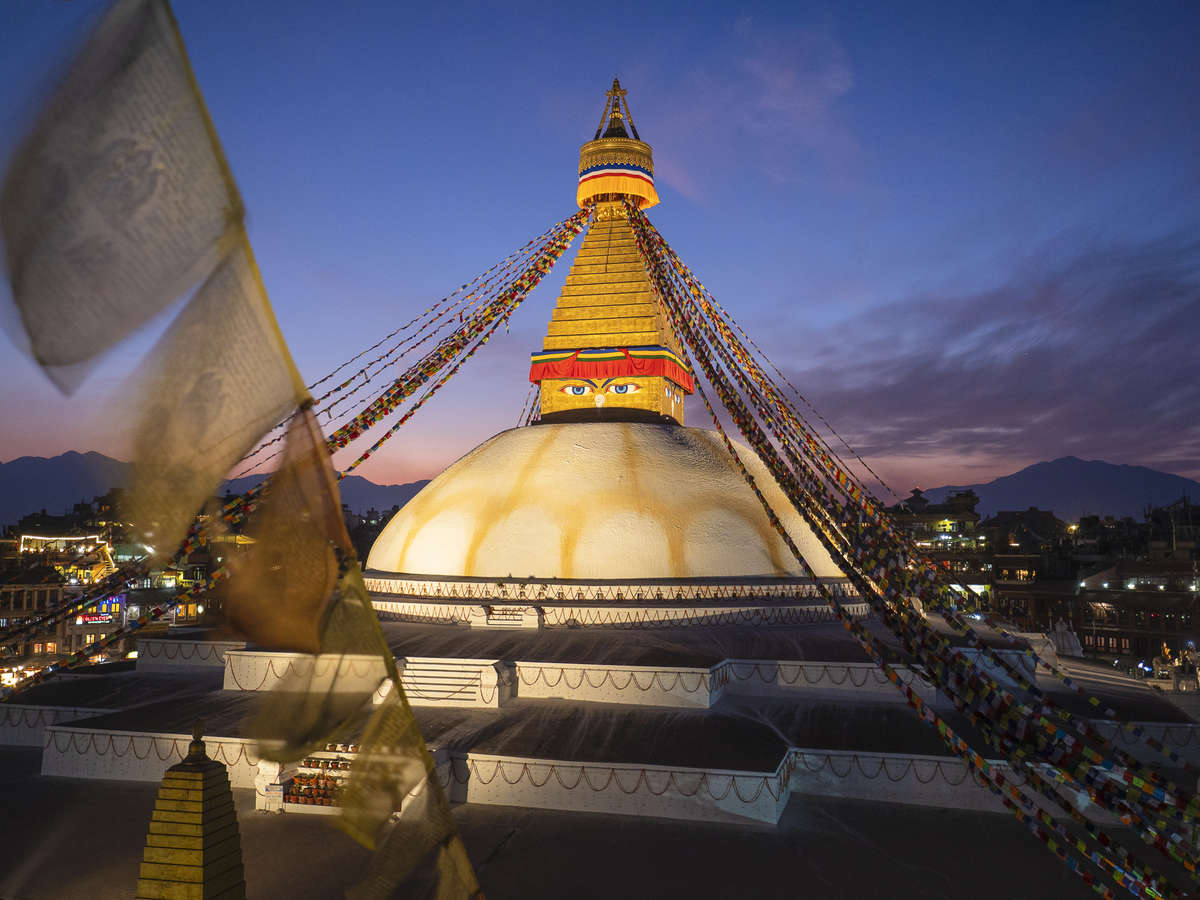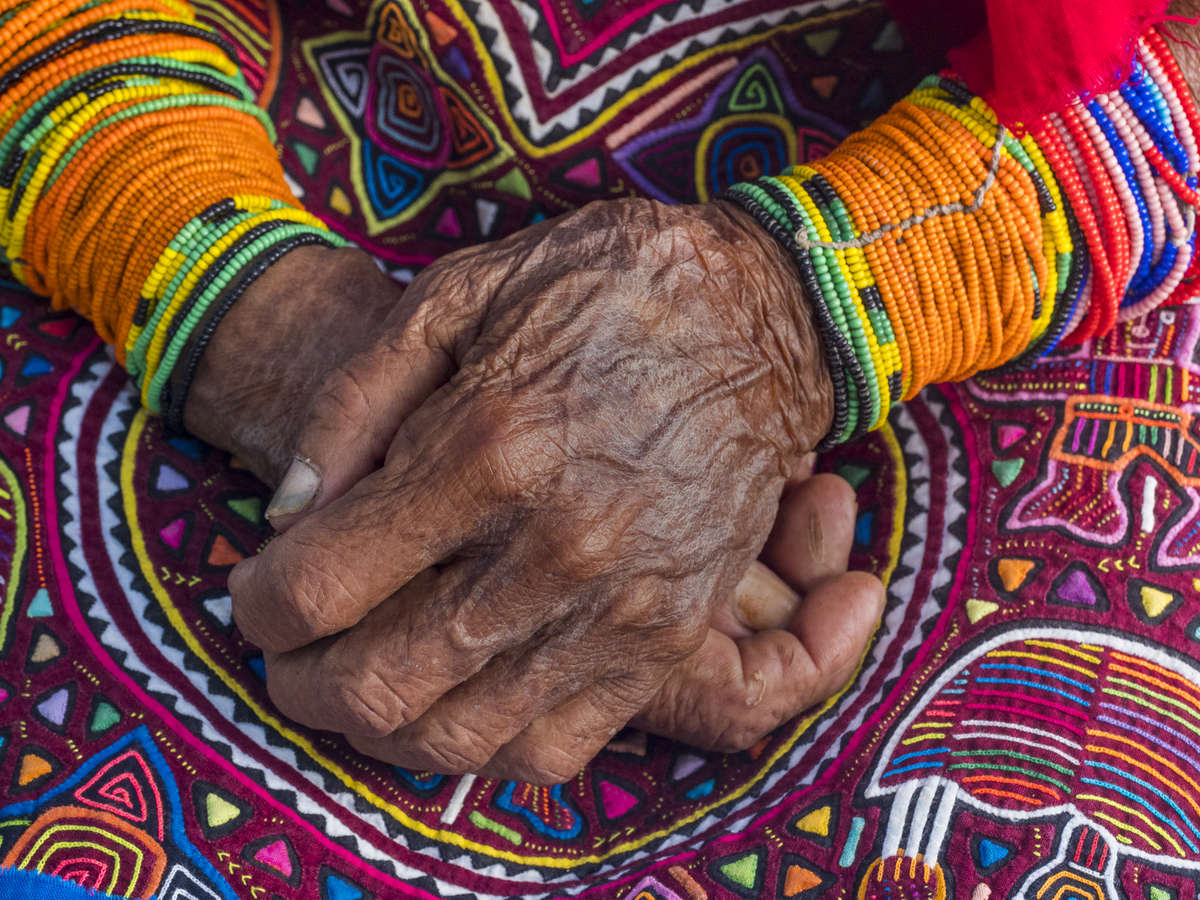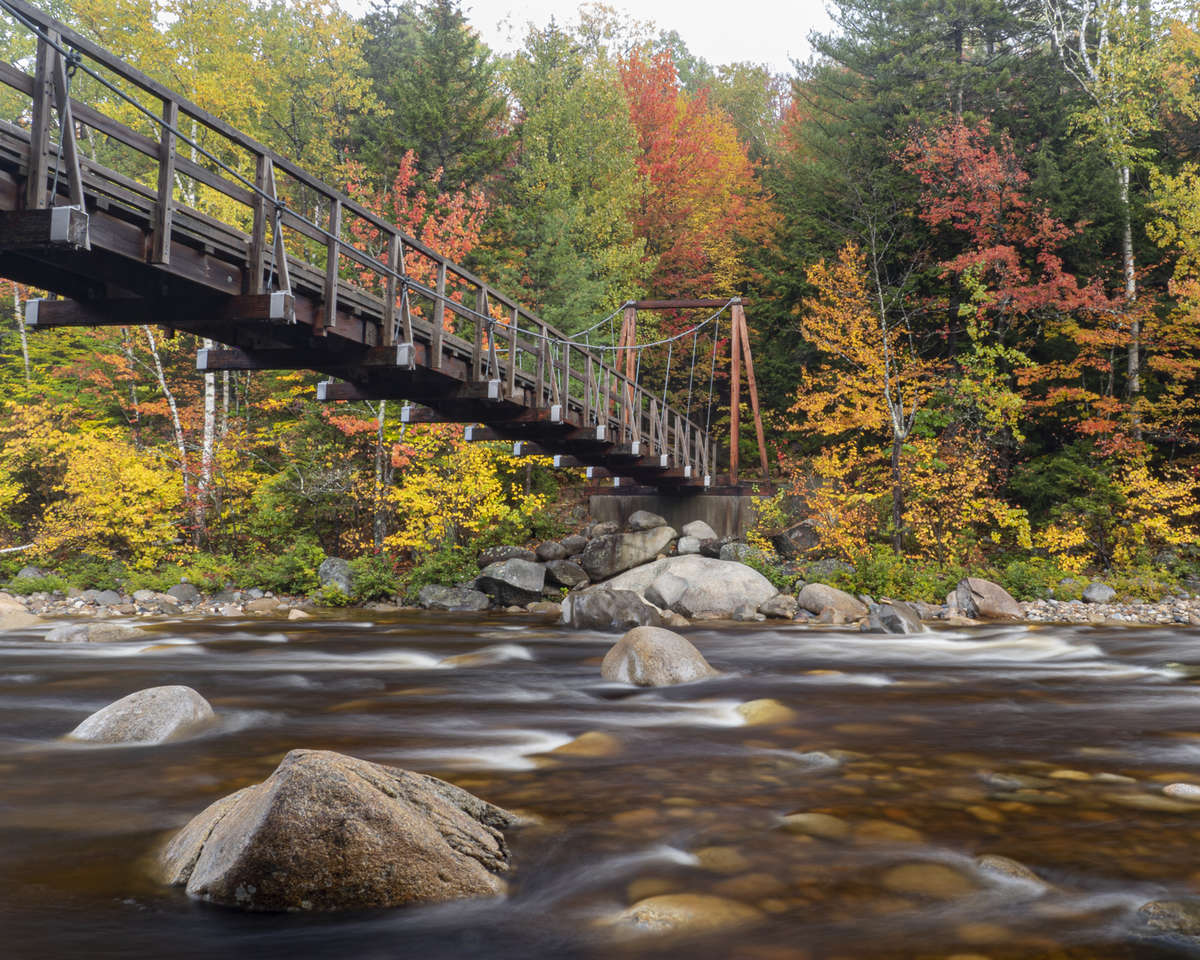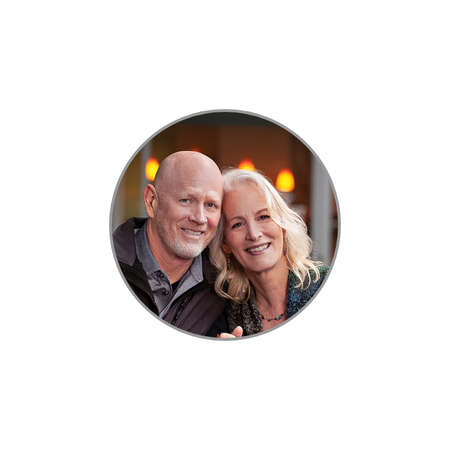MEET OLYMPUS PHOTOGRAPHERS JOHN AND LISA MERRILL
WHO ARE YOU?
We create images to evoke wonder, inspire action and strengthen communities. For over 25 years, we’ve been on a journey of mindfulness, expression, and connections through travel and photography. Our clients include tourism organizations, hotels, adventure outfitters and non-profits doing vital work. As educators, we’re passionate about paying it forward and helping others nurture their creativity through our Pacific Northwest workshops and international photo tours.
As travel photographers, we collaborate to capture the essence of a place, and especially love to create portraits of people at work and play. We travel slowly, dive deep into local culture at markets and festivals and in streets and plazas, and photograph architecture, handicrafts, food, music, dance, sports, landscapes and wildlife. Our stock images are represented by Getty Images and Danita Delimont, and one was recently chosen for the cover of the best-selling novel Where The Crawdads Sing.
As social impact photographers, we get great satisfaction from using our visual storytelling skills to help non-profits doing vital work, especially those improving education and tackling the climate crisis.
WHEN DID YOU REALIZE YOU WERE A PHOTOGRAPHER?
We both had cameras as teens. When we met, we had other jobs and treasured our weekends exploring the Pacific Northwest. We joined the Mountaineers photo club, attended a few transformative photo workshops on Whidbey Island, and began a lifelong journey of exploring and photographing the world together. In 1996, after an extended trip in Africa and Asia (with 500 rolls of film) we founded Merrill Images, signed contracts with stock agents to license our work, and began cultivating local clients. Photo education has become a bigger part of our business now that we’re empty-nesters, and we love helping others on their creative journeys.
Early on, we did a lot of nature photography while hiking, cycling, rafting, and skiing in the Pacific Northwest. After a while we dove into people photography and started capturing the complexities of vibrant cultures while traveling, and here in the Pacific Northwest. Community volunteering led us to social impact photography, which requires many of the same skills and techniques as travel (scouting locations, building trust, watching for emotions and interaction, and creating a variety of compositions). Sometimes we combine the two and work for NGOs while traveling – it’s a great way develop relationships, learn about local challenges, and contribute to solutions.
Over the past 3 decades we’ve been fortunate to take workshops with many talented photographers who have become friends, including Art Wolfe, Frans Lanting, Karl Grobl, Nevada Weir, Bryan Peterson, Bob Krist, Darrel Gulin, Phil Borges and Bobbi Lane. Thanks to Instagram we get daily inspiration and tips from them and other fabulous photographers – lately we’ve especially enjoyed the work of Richard Martin, Peter Baumgarten, and Lisa and Tom Cuchara.
INTRODUCING OLYMPUS
How did you get started with the Olympus system?
Lisa was having wrist pain in 2014 while hefting our traditional 35mm cameras and lenses, so we began researching lightweight mirrorless options, became intrigued with Olympus and a friend loaned us an Olympus EM1 body and several lenses. After just 2 weeks, we sold our Canon equipment. Lisa’s wrist issues disappeared, and we’ve been avid Olympus enthusiasts ever since.
What’s your go-to Olympus setup?
Our most basic and flexible travel photography setup is an E-M1 Mark III with the M.Zuiko Digital 12-100 F4.0 IS PRO lens, and we’ve always got the small FL-LM3 flash in a pocket for fill light.
We share 4 Olympus bodies (one E-M1X and three E-M1 Mark II’s and III’s) and a variety of amazing Olympus lenses, which we think of as our “paintbrushes:" M.Zuiko 7-14mm F2.8 PRO, 12-40mm F2.8 PRO, 12-100mm F4.0 IS PRO, 40-150mm F2.8 PRO, 12mm F2.0, 25mm F1.2 PRO, 45mm F1.8, 60mm F2.8 Macro, and 75mm F1.8. For wildlife and details in nature and architecture, we use our M.Zuiko 40-150mm F2.8 PRO with the 1.4x and 2x teleconverters. We also have a a Lensbaby Composer, circular polarizing filters for all lenses, FL-LM3 flashes, an FL-600R flash, a Westcott 26” Octagon Rapidbox, and a few reflectors and diffusers.
Our Tough TG-6 is a great complement to our other gear; we especially love using it while snorkeling and rafting.
How does Olympus help you do your job?
We spend long days walking through city streets and hiking out in nature, and deeply appreciate our lightweight and compact Olympus gear. Superb in-body stabilization enables us to work nimbly and capture low-light festivals and street scenes without a tripod. The touchscreen LCDs are a boon for street photography, since we can focus and release the shutter unobtrusively without holding the camera up to our eyes. We often use the articulated LCD screen to shoot above a crowd or get low at street level. We’ve customized our camera buttons and rely on Mysets to quickly access a group of customized settings for action photography, panning and portraits. Advanced features including Live Composite, Live ND, Focus Stacking and Pro Capture have opened a world of creative possibilities for us. The weather resistance is especially nice in the rainy Pacific Northwest and humid tropical climates. We’re thrilled with the way our Olympus cameras feel and work are blown away with the quality of the images they enable us to create.
WHAT’S YOUR FAVORITE PART ABOUT BEING A MEMBER OF THE OLYMPUS FAMILY?
We value Olympus’ continual R&D and continual introduction of top-notch creative tools and features which make it easier for us to create stellar images! Olympus’ support, including Pro Advantage, is appreciated, and the GetOlympus site is a trove of useful and inspiring resources. We also value being part of an active community of Olympus pros and enthusiasts who share images and tips online and at events.
TIPS FOR OTHER BUDDING PHOTOGRAPHERS
“You don’t take a photo, you make it.” We start our workshops with that nugget by Ansel Adams, and emphasize slowing down and practicing mindful photography. Patience and a willingness to hone your craft through intentional experimentation will help you create more compelling imagery!
Another tip which our students appreciate is to pay more attention to backgrounds. They can add context and a sense of place, and we often choose a great one and and wait for an interesting subject to wander into the scene. Position matters, and a shift of a few inches can help avoid mergers and distracting bright spots.
TIPS FOR OTHER PRO PHOTOGRAPHERS
Continually push yourself creatively! Make time in your life for thoughtful experimentation so you can get out of comfort zones -- try a new technique, a different way of shooting a familiar subject or an entirely new genre of photography. And expand your creative community. We learn a lot by showing our work to other pros and advanced amateurs, and seeing theirs. It’s inspiring to shoot in the same location, and then see the world through other’s eyes during a fun group photo review.
